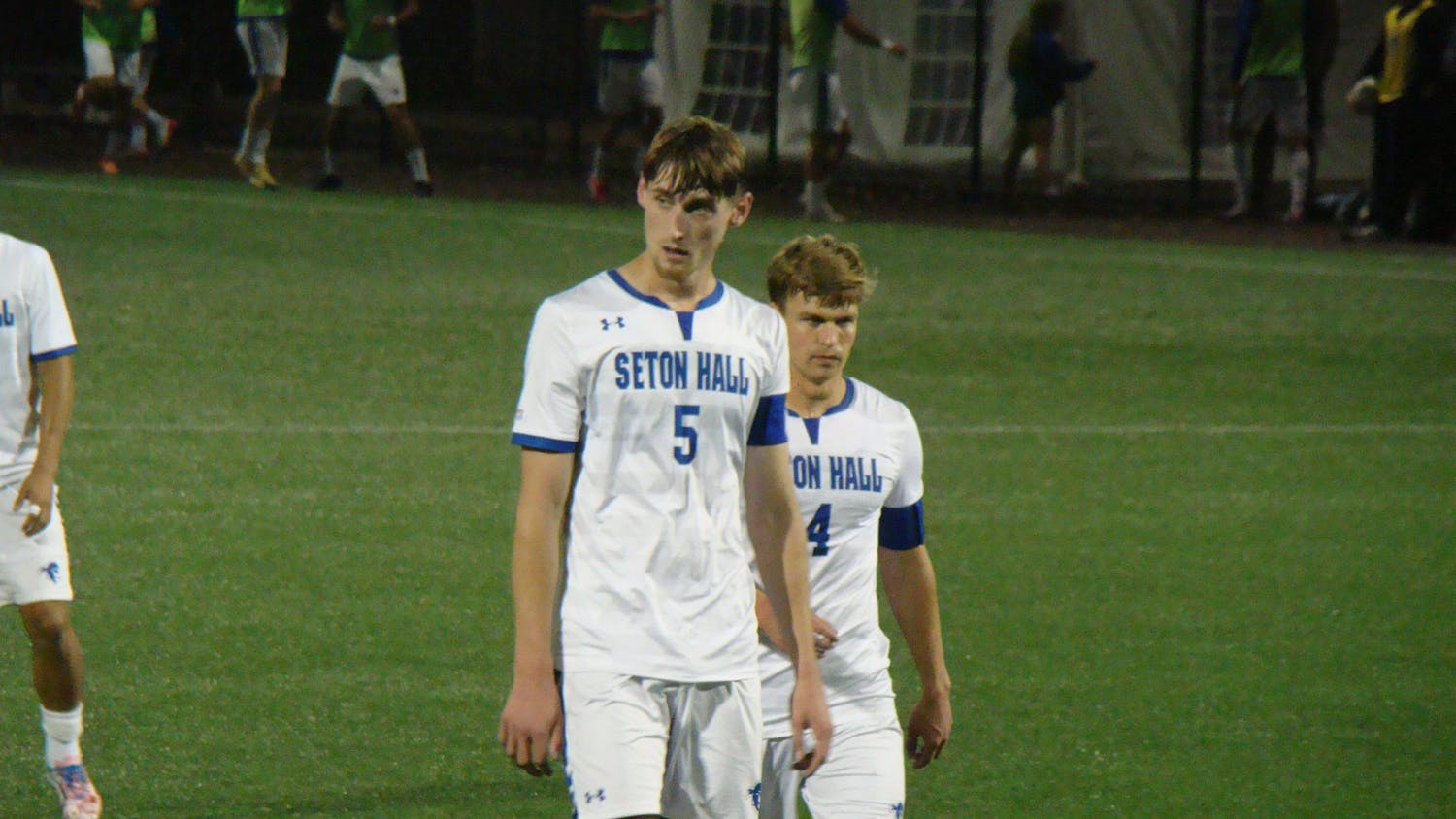For Brittany Setaro, the defining moment of when she was ready for college was the day she could put on her shoes without any help from her aunt and uncle.
While most teenagers realize their independence when they get their driver’s license, the task of getting dressed by herself was the last hurdle toward independence for Setaro.
[caption id="attachment_20003" align="aligncenter" width="640"] Setaro encourages others with disabilities to find independence.
Setaro encourages others with disabilities to find independence.
Photo courtesy of Brittany Setaro[/caption]
The junior social and behavioral science major often struggles with everyday tasks that other students her age may take for granted. The mundane act of walking from one class to another can become a pilgrimage when living with cerebral palsy (CP).
“When I walk, my signals are a little bit different than [those of] everybody else,” Setaro said.
CP affects everyone differently and varies in range of physical impairment. Setaro has spastic dieplegia cerebral palsy. This specific branch of CP affects both of Setaro’s legs, causing limited mobility, decreased stamina and back pain.
“I didn’t see myself as different from anybody else until middle school,” Setaro said about growing up with her disability.
Setaro was a cheerleader through sophomore year of high school but never felt accepted by the other students.
“High school wasn’t a really good experience because nobody had the ability to look past my disability,” Setaro said. “They would just see my crutches.”
Her time at Seton Hall, however, has been drastically different. Starting in the Education Opportunity Program (EOP) the summer before her freshman year, Setaro was able to acclimate to the school more quickly. From the moment she stepped onto campus, she said SHU felt like a second home to her.
“There’s never a time when I’m walking on campus and there’s no one who says ‘hi’ to me,” she said.
Setaro said that one of the major differences between her high school and Seton Hall was the amount of students with disabilities.
“I’m not the one anymore,” she said.
Setaro is extremely involved on campus as a member of five clubs and organizations, many of which she does volunteer work with, including the Division of Volunteer Efforts (DOVE), the Alpha Sigma Tau sorority and Alpha Phi Omega service fraternity.
“Brittany has so many wonderful qualities,” said Michelle Peterson, the director of DOVE who has been working with Setaro since her sophomore year. “She is compassionate, creative, assertive and always providing new ideas and ways to help people.”
This semester, Setaro is leading a new program with the Cerebral Palsy League of NJ (CPNJ) where children with disabilities can participate in a choreographed dance class, according to Peterson.
“We know that, while it was a hard road, she is in a good place,” said Setaro’s uncle and guardian, Joe Romano. “Our hope is that others see her in the same light and that her accomplishments serve as a model for them to always reach for their dreams.”
Setaro’s ultimate goal is to spread awareness of physical disabilities and make every building on campus accessible with an automatic door at each entrance. Although Seton Hall has been accommodating toward her living on campus, such as bringing her mail out to her, Setaro wishes to be fully independent.
“I want to be an active participant in my life,” she said. “There’s never been an opportunity missed because of my disability.”
She encourages others with disabilities to follow the same mission.
“I like to call disabilities ‘acceptionalities’; the quicker you accept your disability the quicker you can be happy,” she said.
Payton Seda can be reached at payton.seda@student.shu.edu.





